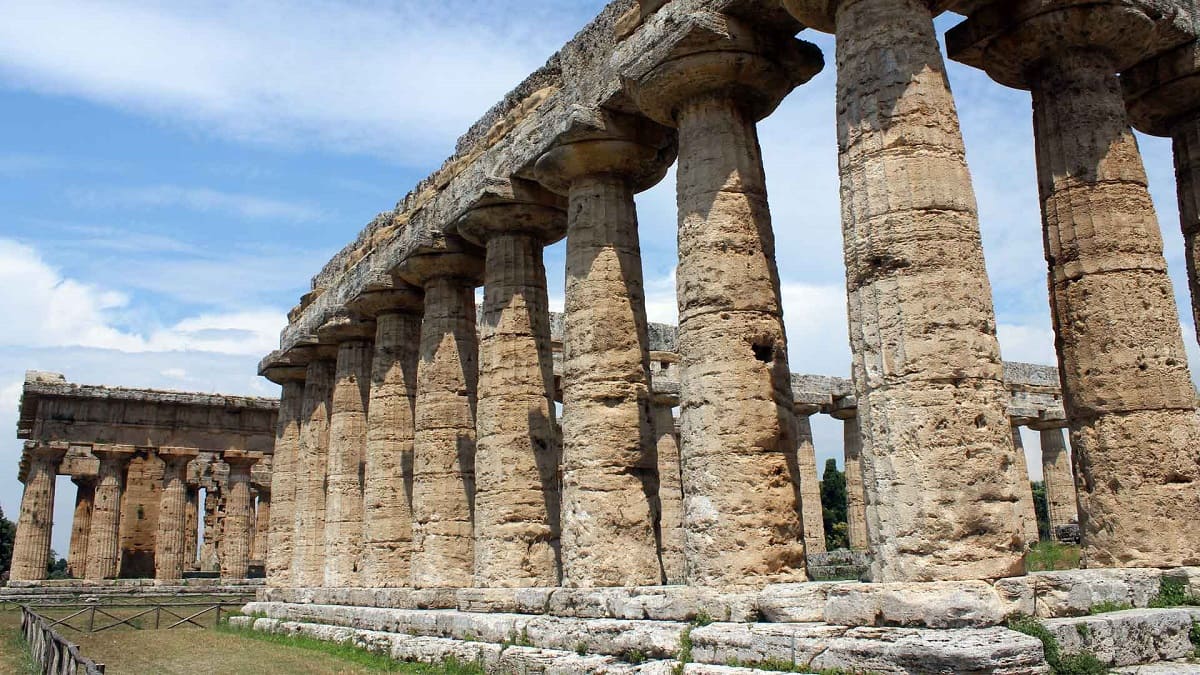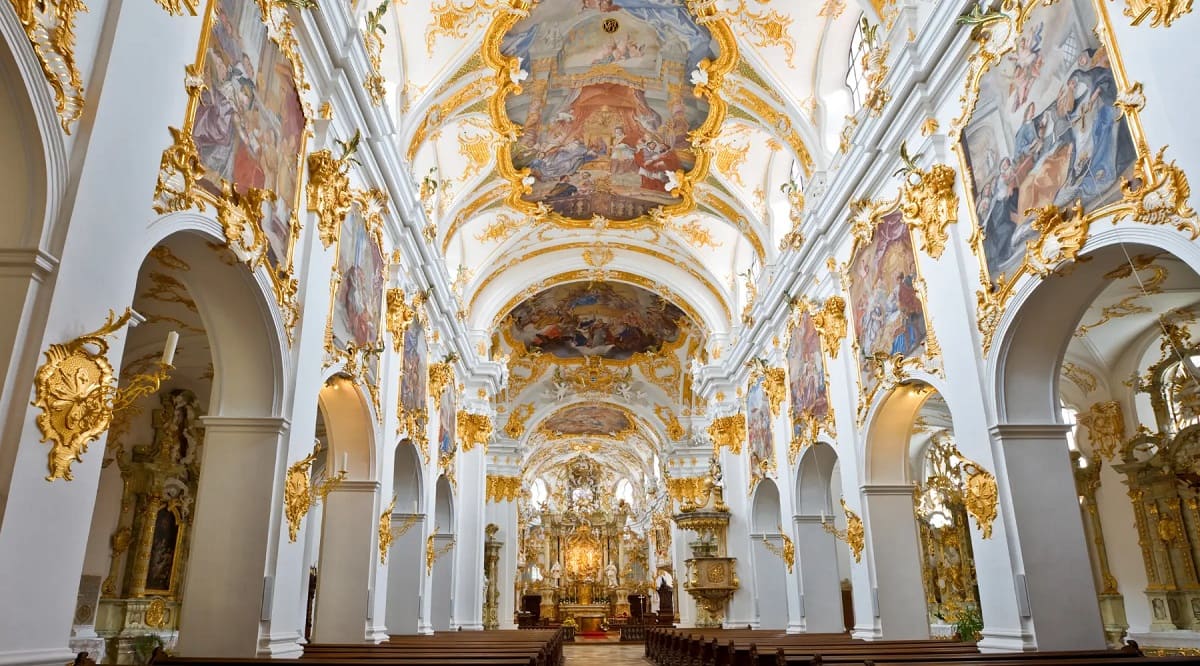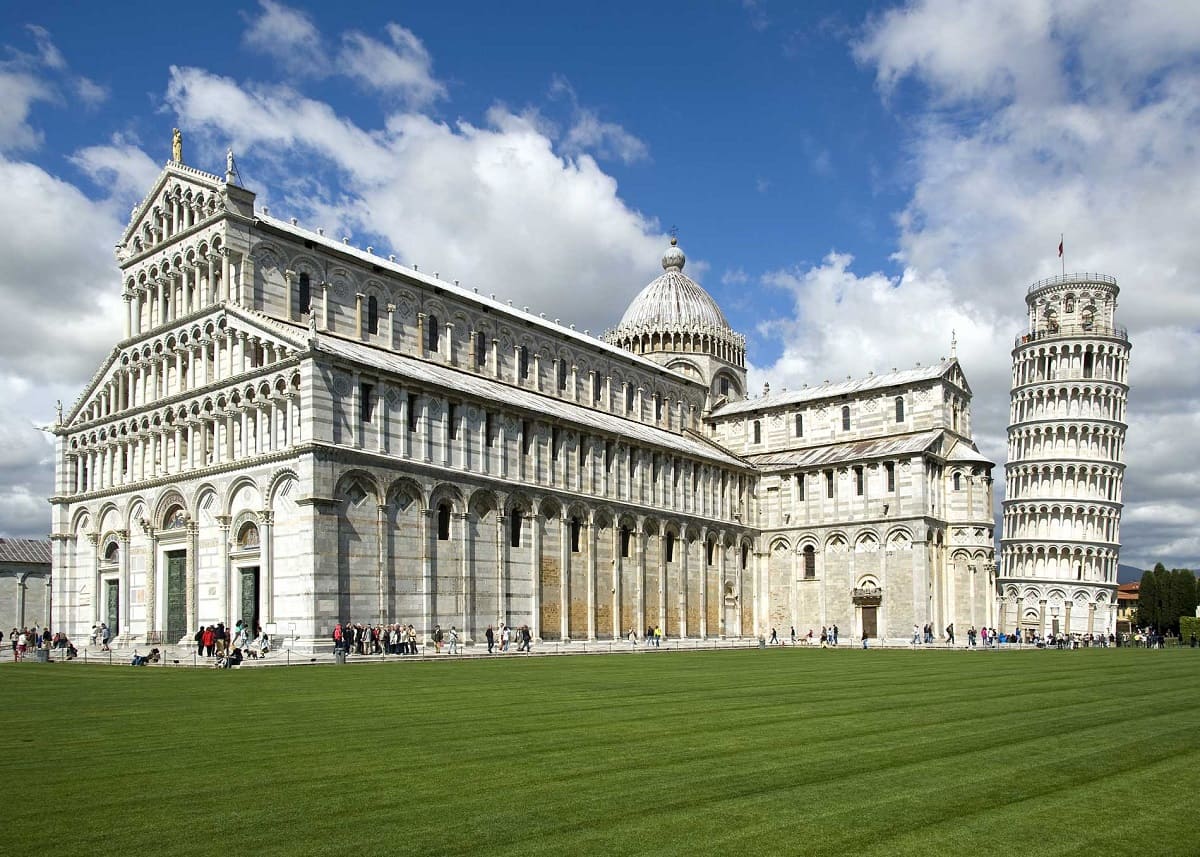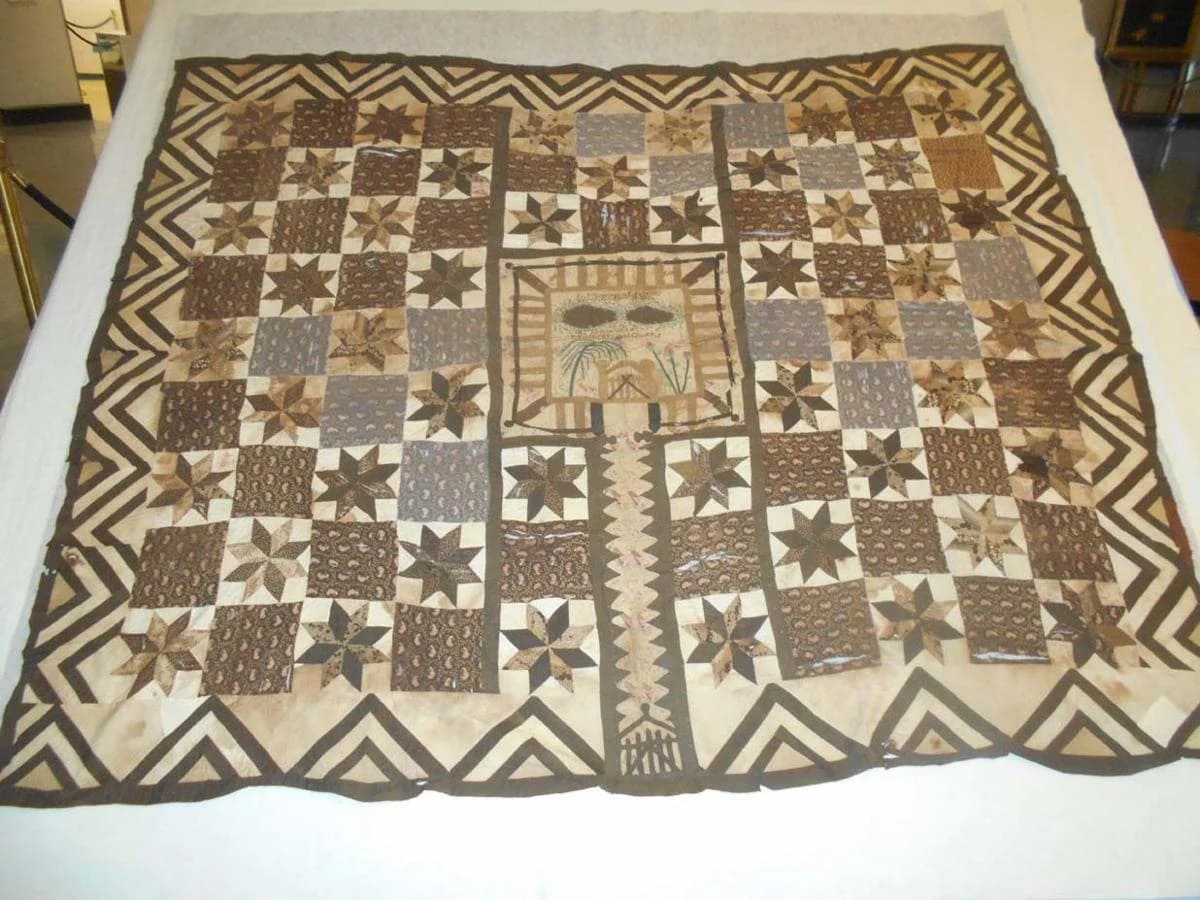Home>diy>Architecture & Design>What Architectural Style Are The Doric, Ionic, And Corinthian Styles Known As?


Architecture & Design
What Architectural Style Are The Doric, Ionic, And Corinthian Styles Known As?
Modified: December 7, 2023
Discover the architectural styles known as Doric, Ionic, and Corinthian, and dive into the fascinating world of architecture design. Explore the intricate details and rich heritage of these iconic styles.
(Many of the links in this article redirect to a specific reviewed product. Your purchase of these products through affiliate links helps to generate commission for Storables.com, at no extra cost. Learn more)
Introduction
Architecture is an art form that has evolved over centuries, reflecting the cultural, social, and economic influences of different civilizations. Throughout history, various architectural styles have emerged, each with its unique characteristics and aesthetic appeal. Among these styles are the Doric, Ionic, and Corinthian styles, known as the three iconic orders of classical architecture.
These architectural styles originated in ancient Greece and gained popularity during the ancient Greek and Roman periods. They have since left a lasting impact on architecture worldwide, serving as a foundation for many architectural designs and inspiring countless architects throughout history.
In this article, we will explore the characteristics and significance of each of these renowned architectural styles. From the rugged simplicity of the Doric style to the elegant intricacy of the Corinthian style, we will delve into the details that make each of these orders unique and influential.
Let’s embark on a journey through time and discover the defining features of the Doric, Ionic, and Corinthian styles, and how they have shaped the world of architecture as we know it today.
Key Takeaways:
- The Doric, Ionic, and Corinthian styles are iconic orders of classical architecture, each representing unique characteristics and cultural influences, from strength and masculinity to elegance and opulence.
- These architectural styles, originating in ancient Greece, continue to inspire modern architects, blending timeless beauty with contemporary sensibilities and leaving a lasting impact on the world of architecture.
Read more: What Is An Architectural Style?
Doric Style
The Doric style is the oldest and simplest of the three classical orders. It originated in ancient Greece and represents the essence of strength and masculinity. The Doric order is characterized by its sturdy, columnar design and lack of ornate decoration.
One of the key features of the Doric style is the capital, or the top part of the column. Doric capitals are plain and rectangular in shape, with no intricate carvings or elaborate details. The columns themselves are stout and fluted, with a ratio of height to diameter that creates a sense of solidity and stability.
The entablature of the Doric order consists of three main components: the frieze, the architrave, and the cornice. The frieze is typically divided into triglyphs and metopes. Triglyphs are vertical grooves that alternate with flat metopes, creating a sense of rhythm and order. The architrave is a plain horizontal beam that rests on top of the columns, supporting the structure above. Finally, the cornice is the decorative molding that crowns the entablature.
The Doric style is often associated with temples and public buildings, symbolizing strength and solidity in ancient Greek architecture. The iconic Parthenon in Athens is a prime example of the Doric order, showcasing its impressive columns and harmonious proportions.
Even though the Doric style originated in ancient Greece, its influence can be seen throughout history and across different regions. The Romans, for example, adopted and adapted the Doric order in their own architecture, incorporating it into their temples and government buildings.
The simplicity and robustness of the Doric style continue to inspire architects today. Its timeless appeal and emphasis on proportion and balance make it a popular choice for those seeking a classical and dignified architectural look.
Ionic Style
The Ionic style is a graceful and refined architectural order that emerged after the Doric style. It originated in ancient Greece and is characterized by its more delicate and ornate features.
The distinguishing feature of the Ionic order is the capital, which is known for its scroll-shaped volutes. These spiral ornaments give the columns a sense of dynamism and elegance. The columns themselves are slender and fluted, tapering towards the base.
The entablature of the Ionic order consists of a frieze adorned with continuous relief carvings, often depicting mythological scenes or decorative motifs. The architrave is typically divided into three horizontal bands, known as facias, which are separated by moldings. Above the architrave is the frieze, which can be either plain or decorated. Finally, the cornice features dentils – small, square-shaped blocks that resemble teeth.
The Ionic style is often associated with more refined and sophisticated buildings such as libraries, theaters, and marketplaces. It represents a transition between the sturdy simplicity of the Doric style and the elaborate ornamentation of the Corinthian style.
An excellent example of the Ionic order is the Temple of Artemis at Ephesus, one of the Seven Wonders of the Ancient World. This temple showcases the characteristic volutes and intricate frieze carvings that define the Ionic style.
During the Roman era, the Ionic order became widely adopted and modified to suit Roman architectural tastes. The Maison Carrée in Nîmes, France, is a stunning example of a Roman temple featuring the Ionic order.
Today, the Ionic style continues to inspire architects, particularly those seeking a balance between elegance and simplicity. Its gracefulness and artistic details make it a popular choice for buildings that aim to evoke a sense of refined beauty and sophistication.
The Doric, Ionic, and Corinthian styles are known as the three main orders of classical Greek architecture. Each style has its own distinctive characteristics and proportions, with the Doric being the simplest and most robust, the Ionic being more slender and ornate, and the Corinthian being the most decorative and elaborate.
Corinthian Style
The Corinthian style is the most ornate and lavish of the three classical orders. It originated in ancient Greece but gained prominence during the Roman era. The Corinthian order is known for its intricate capital, which features acanthus leaves and scrolling volutes.
The capital of the Corinthian order is its defining feature. It consists of a bell-shaped base adorned with stylized acanthus leaves, which curl and overlap to form a visually striking design. The volutes, or spiral scrolls, flank the acanthus leaves, adding a sense of dynamic movement and elegance to the columns.
The columns of the Corinthian order are slender, fluted, and more elongated compared to the Doric and Ionic orders. The entablature of the Corinthian order follows a similar structure to the Ionic order, with a decorated frieze, an architrave divided into facias, and a cornice with dentils.
The Corinthian style is often associated with grand and opulent structures, such as temples, palaces, and public buildings. It represents the pinnacle of architectural sophistication and craftsmanship. One of the most famous examples of the Corinthian order is the Temple of Olympian Zeus in Athens, which showcases the intricate details and exquisite beauty of this style.
During the Roman period, the popularity of the Corinthian order reached its peak. Roman architects often combined elements of the Corinthian style with other architectural orders, creating unique and eclectic designs. The Pantheon in Rome is a remarkable example of this fusion, featuring a Corinthian portico coupled with a dome.
Even in modern architecture, the Corinthian order continues to inspire architects who seek to create a sense of luxury and grandeur. Its elaborate details and ornate aesthetics make it a popular choice for buildings that aim to make a bold statement and leave a lasting impression.
Conclusion
The Doric, Ionic, and Corinthian styles are three iconic orders of classical architecture that have shaped the world of architecture for centuries. Each style possesses its unique characteristics and aesthetic appeal, reflecting the cultural and artistic influences of their respective eras.
The Doric style, with its sturdy columns and simple design, represents strength and masculinity. It has a timeless appeal and is often associated with temples and public buildings.
In contrast, the Ionic style is characterized by its graceful and delicate features. The scroll-shaped volutes and slender columns give it an air of elegance and refinement. The Ionic order is often employed in buildings that aim to evoke sophistication and beauty.
Lastly, the Corinthian style is the most elaborately adorned of the three orders. With its acanthus-leaf capital and intricate detailing, it represents opulence and grandeur. The Corinthian order is commonly used in structures that seek to create a sense of luxury and visual impact.
Throughout history, these architectural styles have not only inspired countless architects but have also influenced other architectural traditions around the world. The Romans, in particular, adopted and adapted these orders, incorporating them into their own architectural designs.
Even in modern architecture, the influence of the Doric, Ionic, and Corinthian styles can still be seen. Architects continue to draw inspiration from these orders, incorporating elements of their design into contemporary buildings, blending the timeless beauty of classical architecture with modern sensibilities.
Whether standing as original ancient structures or serving as inspiration for modern designs, the Doric, Ionic, and Corinthian styles will forever hold a special place in the world of architecture. Their enduring beauty and architectural significance remind us of the rich history and artistic achievements of ancient civilizations.
Frequently Asked Questions about What Architectural Style Are The Doric, Ionic, And Corinthian Styles Known As?
Was this page helpful?
At Storables.com, we guarantee accurate and reliable information. Our content, validated by Expert Board Contributors, is crafted following stringent Editorial Policies. We're committed to providing you with well-researched, expert-backed insights for all your informational needs.
















0 thoughts on “What Architectural Style Are The Doric, Ionic, And Corinthian Styles Known As?”